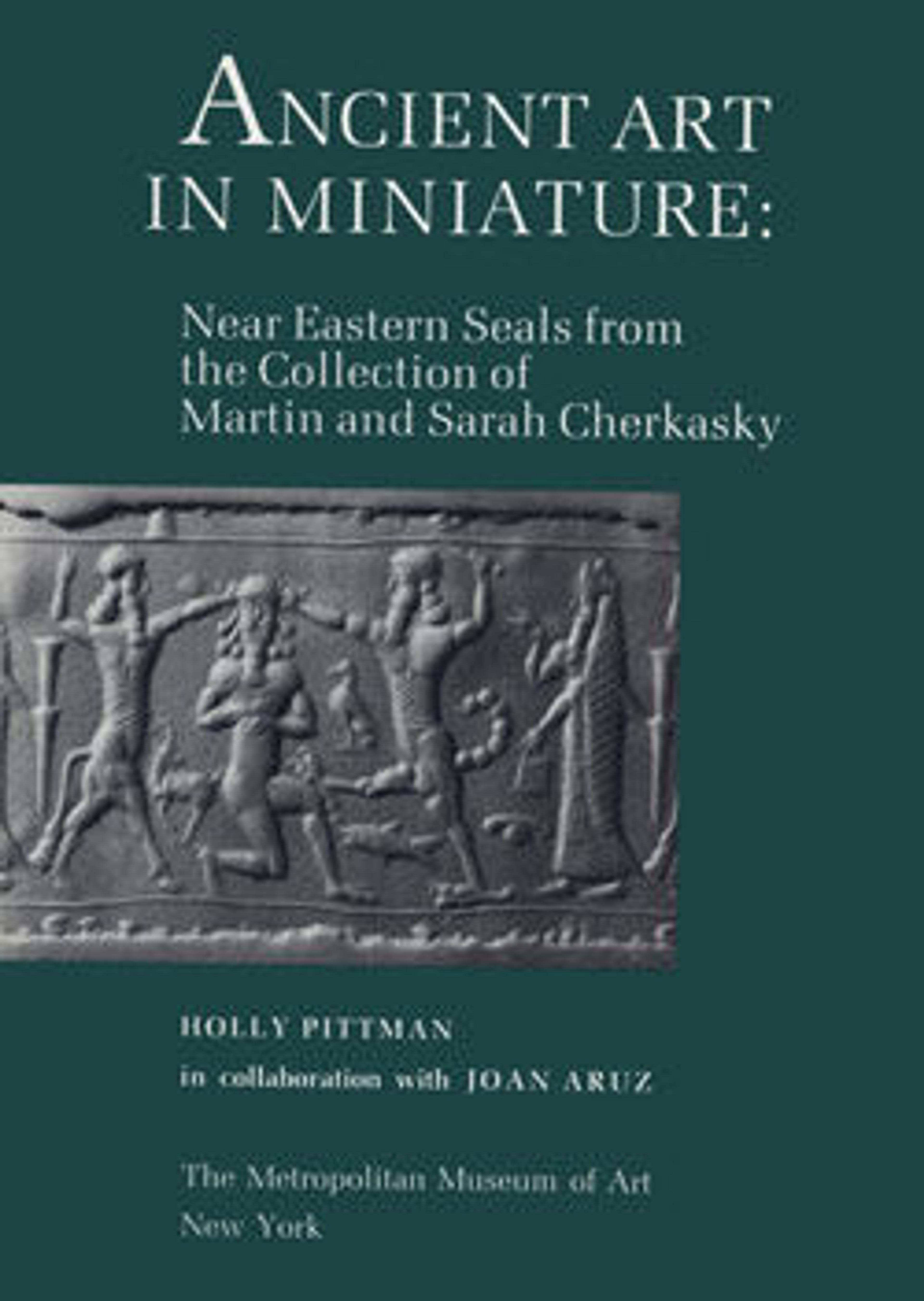Vessel in the form of a boar
This ceramic vessel takes the form of a standing wild boar. The body is hollow, serving as a container, with a small round rim atop the center of the back and a hole pierced through the snout. The vessel could have been filled through the larger hole in the back while the smaller hole in the snout was held closed with a thumb, allowing the liquid to flow out once the snout was uncovered. Made of fine clay with a smoothed surface, the vessel is decorated in dark brown paint on buff-colored ceramic. The sharply angled hatching covering the vessel evokes the boar’s bristly hide, especially along the spine, where it is arranged in a vertical row. The eyes are indicated by circles with a central dot, just below the small, alertly raised ears. The split hooves and fetlocks are modeled in clay. The boar’s hunched posture lends the vessel a sense of potentially explosive movement, and reminds the viewer that wild boars are fierce animals that pose dangers to crops in the field, and to the hunters pursuing them. Similar zoomorphic, or animal-shaped, vessels are especially characteristic of the Proto-Elamite period (3100-2900 B.C.) in southwestern Iran.
Artwork Details
- Title: Vessel in the form of a boar
- Period: Proto-Elamite
- Date: ca. 3100–2900 BCE
- Geography: Southwestern Iran
- Culture: Proto-Elamite
- Medium: Ceramic, paint
- Dimensions: 6 in. × 6 5/16 in. × 2 11/16 in. (15.2 × 16 × 6.9 cm)
- Credit Line: Purchase, Rogers Fund and Anonymous Gift, 1979
- Object Number: 1979.71
- Curatorial Department: Ancient West Asian Art
More Artwork
Research Resources
The Met provides unparalleled resources for research and welcomes an international community of students and scholars. The Met's Open Access API is where creators and researchers can connect to the The Met collection. Open Access data and public domain images are available for unrestricted commercial and noncommercial use without permission or fee.
To request images under copyright and other restrictions, please use this Image Request form.
Feedback
We continue to research and examine historical and cultural context for objects in The Met collection. If you have comments or questions about this object record, please complete and submit this form. The Museum looks forward to receiving your comments.
